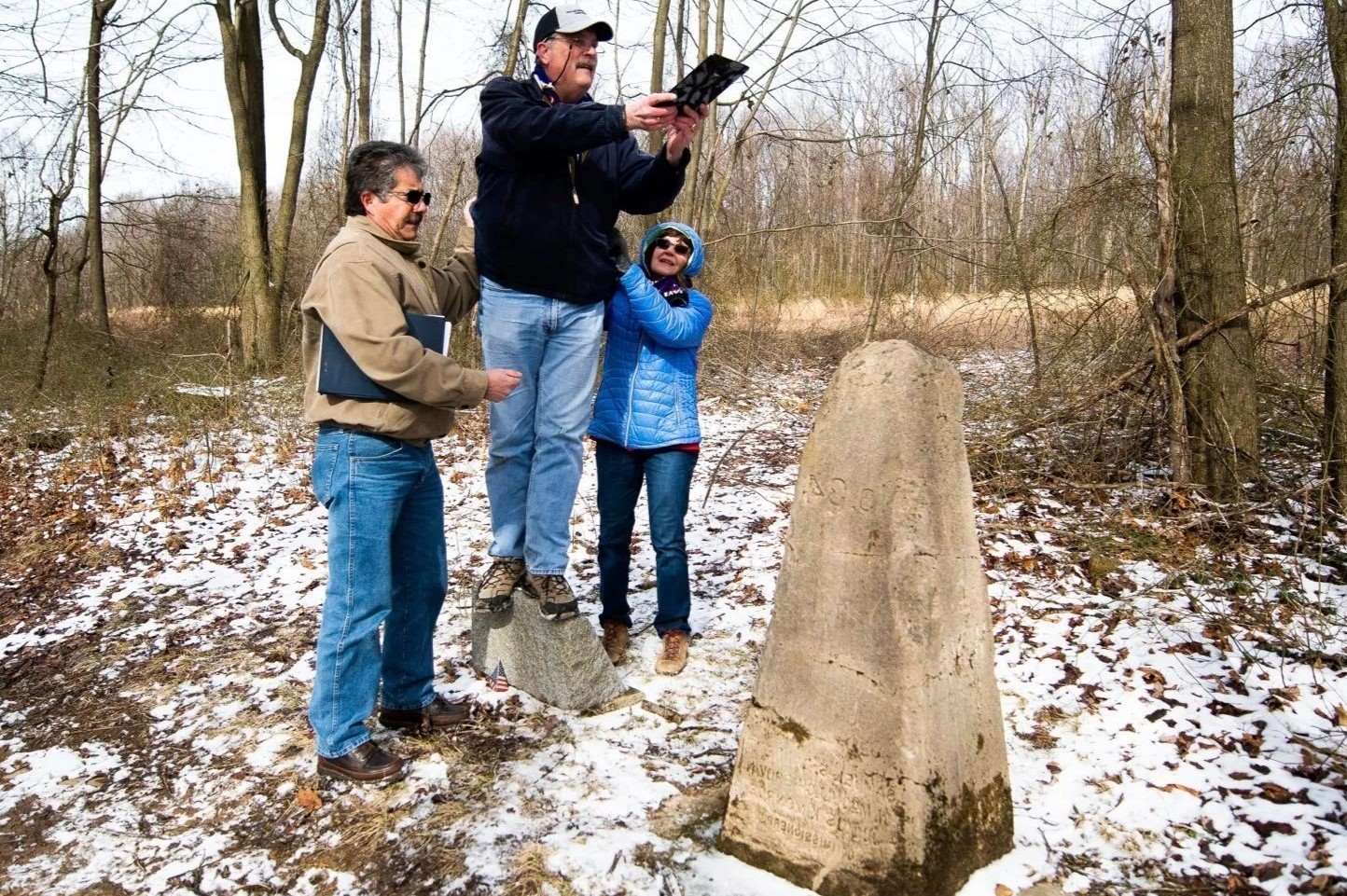Mason-Dixon Markers Along Delaware’s Borders: A Journey Through History

Have you ever thought about the Mason-Dixon Line and its significance? This historic boundary, often associated with the division between the North and South in the United States, holds a fascinating story. Along Delaware's borders, these markers tell tales of old surveying techniques, colonial disputes, and the quest for precision. Charles Mason and Jeremiah Dixon, two English surveyors, set out in the 1760s to resolve a border conflict between the colonies of Pennsylvania and Maryland. Their work not only settled disputes but also left behind a legacy of stone markers that still stand today. These stones, scattered along Delaware's borders, serve as silent witnesses to history. Each marker represents a piece of the past, offering a glimpse into the challenges and triumphs of early American surveyors. Whether you're a history buff or just curious, these markers invite you to step back in time and explore a pivotal moment in American history.
Discovering the Mason-Dixon Line
The Mason-Dixon Line is more than just a historical boundary; it's a journey through time. This famous line, surveyed between 1763 and 1767 by Charles Mason and Jeremiah Dixon, was originally drawn to settle a border dispute between British colonies. Today, it marks the cultural boundary between the North and the South. Along Delaware's borders, several markers tell the story of this historic line.
1. The Starting Point: The Transpeninsular Line
Begin your exploration at the Transpeninsular Line. This line stretches from Fenwick Island to the Chesapeake Bay and was the starting point for Mason and Dixon's survey. Here, you can find the stone marker that signifies the beginning of their work. It's a quiet spot, perfect for reflecting on the monumental task these surveyors undertook.
2. The Middle Point: The Tangent Line
Next, head to the Tangent Line. This line connects the Transpeninsular Line to the arc that forms part of Delaware's northern border. At this point, you can see how Mason and Dixon used their skills to create a straight line that would later become a crucial part of Delaware's boundary. The marker here is a testament to their precision and dedication.
3. The Arc Line: The Twelve-Mile Circle
The Twelve-Mile Circle is one of the most unique features of the Mason-Dixon Line. This arc forms part of Delaware's northern border and was created using a compass and a lot of patience. Visit the marker here to appreciate the ingenuity and hard work that went into creating this perfect circle.
4. The Western Boundary: The North Line
Finally, visit the North Line, which forms Delaware's western boundary. This line was the last part of the Mason-Dixon survey and is marked by several stones along its length. Each marker tells a story of the challenges Mason and Dixon faced as they worked to complete their task.
The Legacy of the Mason-Dixon Line
The Mason-Dixon Line is more than just a series of markers; it's a symbol of history, culture, and perseverance. As you visit each of these sites, take a moment to consider the impact this line has had on the United States. From settling colonial disputes to becoming a cultural icon, the Mason-Dixon Line continues to be an important part of American history.
Reflecting on the Mason-Dixon Markers
Mason-Dixon markers along Delaware's borders tell a story of history, geography, and human endeavor. These markers, set by Charles Mason and Jeremiah Dixon in the 1760s, resolved a colonial dispute and became a symbol of the boundary between North and South. Visiting these markers offers a tangible connection to the past, allowing us to appreciate the precision and effort involved in their creation. Each marker stands as a testament to the challenges faced by early surveyors and the importance of their work in shaping the United States. Exploring these sites provides a unique opportunity to engage with history, offering insights into the complexities of colonial America. Whether you're a history enthusiast or simply curious, the Mason-Dixon markers invite you to step back in time and consider the legacy of those who mapped the land we know today.

